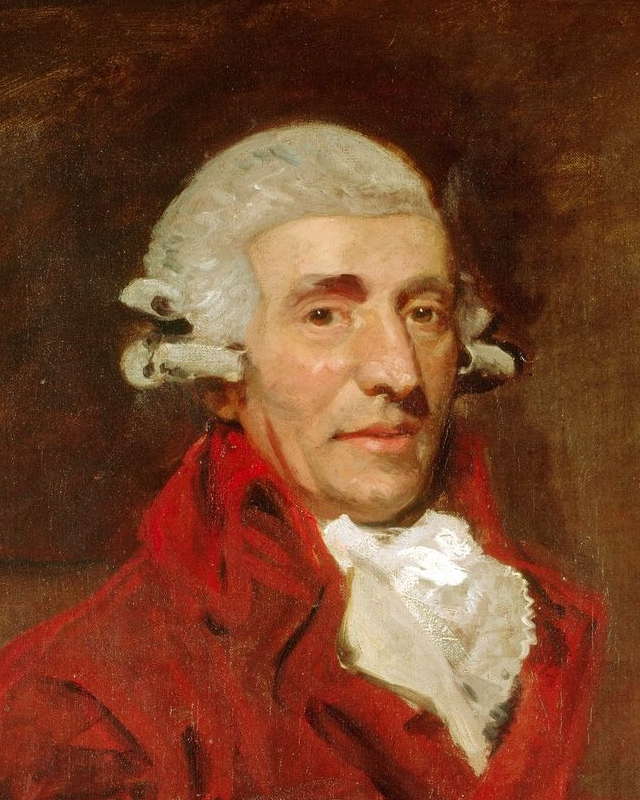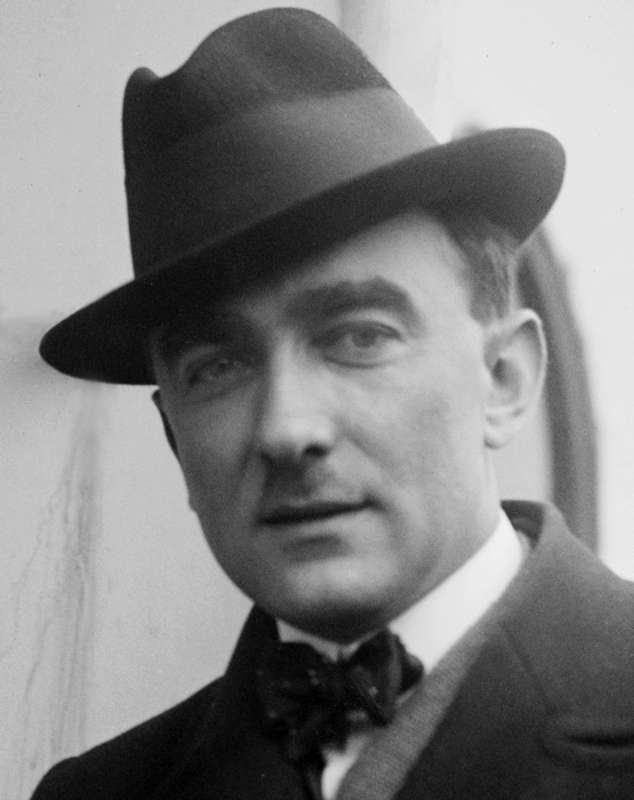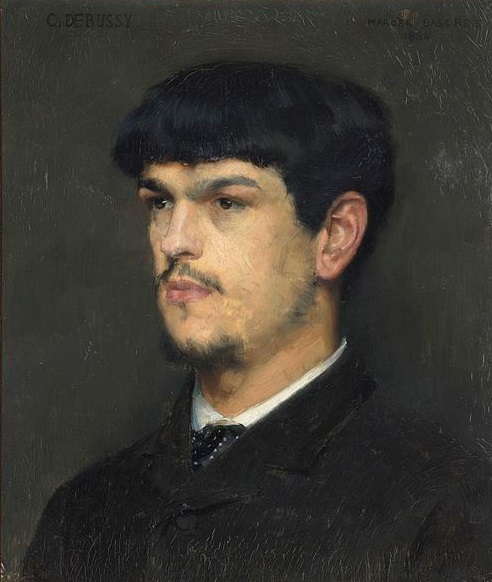- Mario Trabucco
- Chevalier de Saint-Georges
- The Marriage of Figaro
- Olivier Messiaen
- crossover music
- Spanish guitar
- Maltese
- Mary Queen of Scots
 DISCUSSION: John Dante Prevedini leads a discussion about Composers, individuals or collective?, including contributions from David Arditti, Halida Dinova, Robert McCarney and Jane Stanley.
DISCUSSION: John Dante Prevedini leads a discussion about Composers, individuals or collective?, including contributions from David Arditti, Halida Dinova, Robert McCarney and Jane Stanley.
 DISCUSSION: What is a work? John Dante Prevedini leads a discussion about The performing artist as co-creator, including contributions from Halida Dinova, Yekaterina Lebedeva, Béla Hartmann, David Arditti and Stephen Francis Vasta.
DISCUSSION: What is a work? John Dante Prevedini leads a discussion about The performing artist as co-creator, including contributions from Halida Dinova, Yekaterina Lebedeva, Béla Hartmann, David Arditti and Stephen Francis Vasta.
Poise and Command
MIKE WHEELER listens to the Fitzroy Quartet
The Fitzroy Quartet first visited Derby Chamber Music back in March this year. Since then, there has been a 50% change in membership, but all the strengths they displayed on that occasion - including clean, focused tone, unanimity and fine-tuned control of dynamics, were very much in evidence again - Multi-Faith Centre, Derby University, Derby, UK, 14 October 2022.
In Haydn's E flat Quartet, Op 76 No 3, their generally skippy approach to the first movement found room for some compelling hushed moments, and the rustic episode was positively boisterous. The second movement showed no hint of solemnity in either the theme, Haydn's 'Emperor's Hymn', or the variations that followed. The solos in the first three variations - the first violin's tracery, the cello's crooning, the viola's poignancy - led to poised, transparent polyphony in No 4. A breezy account of the Minuet - at least, that's what Haydn called it - enclosed a quiet, confiding trio section. Vigorous, stamping chords launched a reading of the finale that was fast, but with no sense of rush. Haydn's artful use of silences was allowed to register, catches of breath in the midst of the whirl.

Haydn in 1791 (detail) by John Hoppner (1758-1810)
In his Quartet No 2, Szymanowski is in the process of moving on from the heady orientalism of a work like his Third Symphony, as he becomes increasingly absorbed in the folk music of Poland's Tatra Mountains. He is never at a loss for a compelling sound-image, and the opening is an extraordinary combination of the second violin and viola's soft rustling, at the edge of audibility, and a floating, song-like theme for the first violin and cello. The Fitzroys handled it all with poise and a command of the music's atmosphere, riding the uncertain moments as things turned more strenuous. The second movement is directly influenced by folk music, and in the forceful, stamping chords of the opening, the Fitzroys established a point of contact with the start of Haydn's finale. They didn't shy away from presenting the movement's more unpredictable turns, trusting Szymanowski's remarkable ability to hold our attention through them. The players were equally responsive to his resourceful textures in the third movement, including fleeting moments that suggested affinities with Berg's Lyric Suite.

Karol Szymanowski (1882-1937) in 1922
Their approach to Debussy's Quartet had similar strengths. They showed a welcome refusal to attack the opening hammer and tongs, and their transparency throughout what followed challenged the lazy assumptions that pin the 'impressionist' label on the composer. The melodic threads that run through all four movements were allowed to make their own point, without unnecessary spotlighting. In particular, the viola solo at the start of the second movement showed an attention to Debussy's dynamic markings I've rarely heard equalled.

Claude Debussy in 1884 by Marcel Baschet (1862-1941)
The final pay-off was deftly handled. In the withdrawn, half-lit world of the third movement, the players evoked the world of his opera Pelléas et Mélisande, not least in the vocal qualities they brought to the various solo lines. The start of the finale was a sensitive transition into the vigorous music that follows, where rhythmic drive was never at the expense of either textural clarity or expressiveness. They signed off with an admirably buoyant, airy coda.
Copyright © 19 October 2022
Mike Wheeler,
Derby UK



